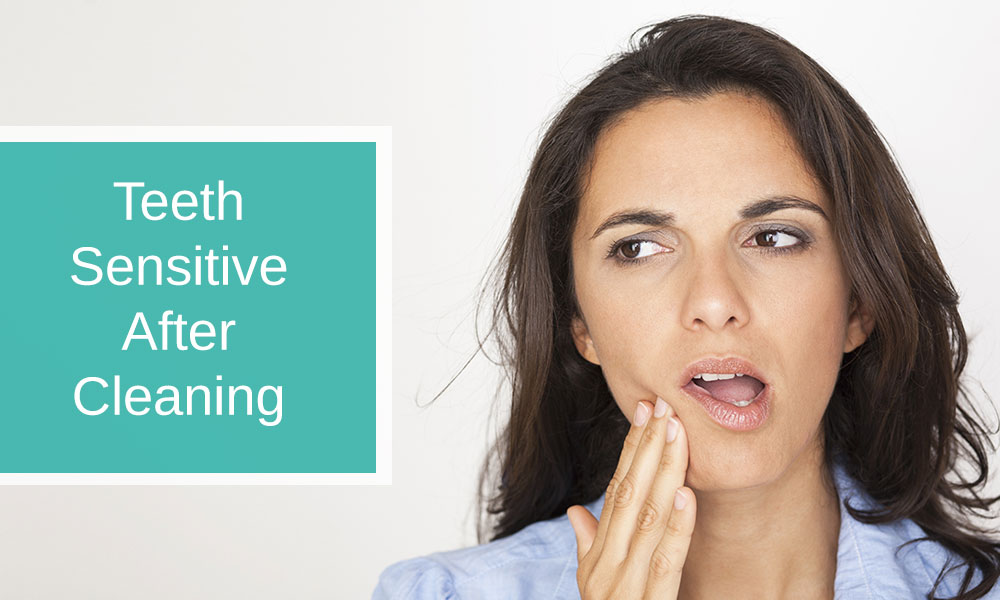
Teeth Sensitive After Cleaning
Experiencing tooth sensitivity after a dental cleaning can be discomforting, but understanding the causes and remedies can help address this issue effectively. In this comprehensive guide, we’ll explore the common reasons behind tooth sensitivity post-cleaning and provide actionable tips to manage and prevent it.
Common Causes of Tooth Sensitivity
Understanding why teeth become sensitive after a cleaning is the first step in finding a solution. Let’s delve into the common causes:
1. Aggressive Cleaning Techniques
Aggressive cleaning, especially with a hard-bristled toothbrush or excessive force, can lead to enamel wear and gum recession, exposing the sensitive dentin layer.
2. Gum Recession
Gum recession, often caused by periodontal disease or brushing too hard, exposes the tooth roots, making them susceptible to sensitivity.
3. Enamel Erosion
Enamel erosion, resulting from acidic foods, beverages, or stomach acid reflux, can lead to thinning enamel, increasing tooth sensitivity.
Immediate Post-Cleaning Sensitivity: Is it Normal?
Exploring whether experiencing sensitivity right after a cleaning is a regular occurrence and what factors may contribute to it.
How to Manage Tooth Sensitivity at Home
Discovering practical steps you can take at home to alleviate tooth sensitivity:
1. Desensitizing Toothpaste
Using desensitizing toothpaste with ingredients like potassium nitrate or strontium chloride can help block pain signals from reaching the nerves.
2. Avoiding Acidic Foods and Drinks
Limiting the consumption of acidic foods and beverages can prevent further enamel erosion and reduce tooth sensitivity.
3. Using a Soft-Bristled Toothbrush
Switching to a soft-bristled toothbrush and adopting gentle brushing techniques can minimize enamel wear and gum irritation.
When to Seek Professional Help
Understanding when it’s essential to consult your dentist for persistent or severe tooth sensitivity.
Preventing Tooth Sensitivity After Cleanings
Proactive measures to reduce the likelihood of experiencing tooth sensitivity after future cleanings:
1. Communicating with Your Dentist
Maintaining open communication with your dentist about any sensitivity issues allows for personalized care and adjustments.
2. Regular Dental Check-ups
Regular dental check-ups enable your dentist to monitor changes in sensitivity, address concerns, and provide preventive care.
3. Proper Oral Hygiene Practices
Adopting proper oral hygiene practices, including regular flossing and using fluoride-based products, can strengthen enamel and reduce sensitivity.
Home Remedies for Immediate Relief
Quick and natural remedies to provide immediate relief from post-cleaning tooth sensitivity:
1. Saltwater Rinse
Rinsing your mouth with a warm saltwater solution can help soothe sensitive teeth and promote gum health.
2. Clove Oil Application
Applying a small amount of clove oil to the affected area can provide temporary relief from tooth sensitivity.
3. Green Tea Mouthwash
Rinsing with green tea, known for its anti-inflammatory properties, can assist in reducing gum irritation and sensitivity.
4. Regular Consumption of Water
Aim to drink water on a consistent basis as consuming water is not only safe, but recommended as it can play an important role in the healing process.
The Connection Between Diet and Tooth Sensitivity
Exploring how dietary choices can influence tooth sensitivity and incorporating foods that promote oral health:
1. Calcium-Rich Foods
Consuming calcium-rich foods like dairy products and leafy greens strengthens enamel and reduces sensitivity.
2. Vitamin D Intake
Adequate vitamin D intake supports calcium absorption, contributing to overall oral health and sensitivity prevention.
Exploring Professional Treatment Options
Understanding advanced treatments provided by dental professionals for persistent tooth sensitivity:
1. Fluoride Treatment
Professional fluoride applications strengthen enamel, reducing sensitivity and protecting teeth.
2. Dental Bonding
Dental bonding involves applying a tooth-colored resin to exposed tooth surfaces, providing a protective barrier against sensitivity.
3. Gum Grafting
Gum grafting addresses gum recession by transplanting tissue from another area, covering exposed tooth roots and reducing sensitivity.
Key Takeaways
Emphasizing the importance of proactive dental care to prevent and manage tooth sensitivity after cleanings. Understanding the causes and adopting preventive measures, both at home and with professional guidance, ensures a comfortable and healthy oral experience.



